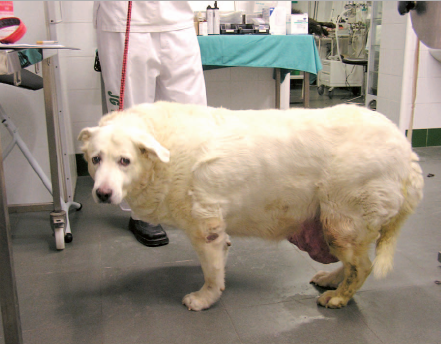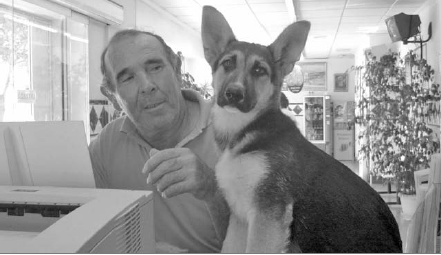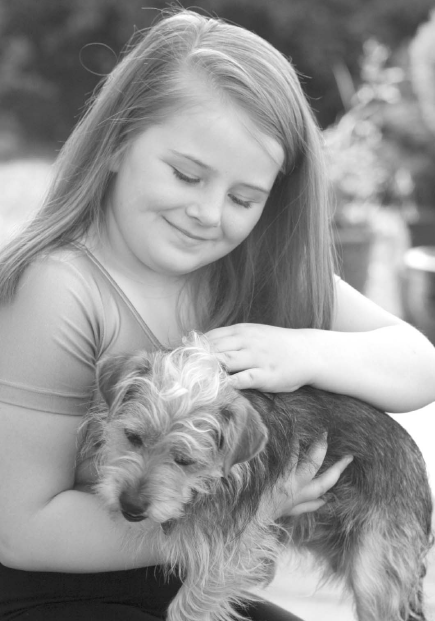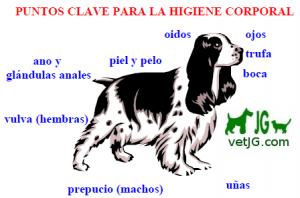 Even though your dog may be slowing down a little, there’s no reason why the later years in life shouldn’t be some of the most rewarding. After all, he’s wiser as well as older. With regular veterinary attention, daily care and proper nutrition, your senior dog can still experience a very happy, healthy life. Dogs are often older than we think they are, especially when we’ve had them as puppies as time flies by and we have always been used to their energetic behaviour.
Even though your dog may be slowing down a little, there’s no reason why the later years in life shouldn’t be some of the most rewarding. After all, he’s wiser as well as older. With regular veterinary attention, daily care and proper nutrition, your senior dog can still experience a very happy, healthy life. Dogs are often older than we think they are, especially when we’ve had them as puppies as time flies by and we have always been used to their energetic behaviour.
There is a wide breed variation in what constitutes older age as generally speaking, small dogs live the longest, while large and giant breeds have relatively short lifespans (a Great Dane is considered ‘old’ at six). In addition to a dog’s breed, specific lifestyle factors affect how long a particular dog will live, such as diet, exercise and medical history. As the owner of an older dog it is important to recognise tell-tale signs of illness so you can seek prompt veterinary attention. Many diseases have slow, progressive signs that are easy to put down to ‘old age’ but in fact may be very treatable. Certain changes will occur in your dog’s body as he gets older. Important bodily functions, normally taken for granted, may start to slow down or malfunction. Just like humans, the senses eventually start to deteriorate, leading to impaired vision, hearing, taste and smell. Older dogs are also prone to a number of medical conditions, the signs of which can be subtle and that we, as owners, should be on the lookout for as many are treatable.
In the same way human medicine has lengthened life expectancy, this is also ensured in veterinary medicine. Today’s available diagnostics and treatments have enabled us to prolong the life of your pet as much as possible whilst maintaining their quality of life. Diseases that are frequently diagnosed in this age group of dogs include:
■ Osteoarthritis is common in older dogs causing reduced energy levels, lameness, stiffness or difficulty getting up, or lameness/stiffness after a walk and reluctance to exercise.
■ Dental diseases – tooth and gum conditions are common in older dogs; look out for food being dropped, excessive salivation, pawing at the mouth, smelly breath or difficulty chewing food. Swellings below the eye may be signs of tooth root abscesses and need veterinary attention. .
■ Kidney problems can cause excessive thirst and frequent or uncontrolled urination. Drinking and urinating more can also indicate other problems such as diabetes and various other hormonal conditions.
■ Heart and respiratory conditions can cause reluctance to exercise, coughing, trouble breathing and lethargy.
■ Cancers, the type of which will dictate the signs but any unexplained weight loss, or growths, warts or skin lumps should be investigated.
■ Cognitive behavioural dysfunction, a syndrome which can cause signs consistent with senility including disorientation, pacing and inappropriate vocalisation.
■ Cataracts can be a problem in older dogs, but a hazy, bluish appearance to the eyes can be normal (a condition called nuclear sclerosis). Your vet will be able to distinguish between the two. If you notice any of the above signs, or any other signs of illness such as vomiting, diarrhoea, loss of appetite, weight loss or weight gain or reluctance to exercise contact your vet.
The recommendations we can offer owners of older dogs are described in our following senior plan:
1 – Nutrition: feed older pets with foods low in salt and fat (light complete foods) that are especially formulated for them. Supplement their diet with a Chondroitin Sulfate compound to reduce the symptoms of osteoarthritis as much as possible.
2 – Periodic check-ups: a clinical review conducted annually is recommended. This consists of blood tests, two Xrays, Ultrasound and an Electrocardiogram for a detailed study of how the Circulatory, Digestive, Respiratory, Endocrine, Renal, Reproductive, and Locomotion systems are functioning. These check-ups are cheap, fast and provide essential information that enables us to control our senior patient.
3 – Hygiene: give special care and attention to the health of eyes, ears, anal glands etc with emphasis to the mouth, which should not have bad breath, gingivitis or periodontitis present. These oral infections, once present, can shorten the lifespan of your pet considerably due to their effect on the heart.
4 – Medications: we recommend the use of products such as Karsivan for all our senior patients, these enable more oxygen to reach the vital organs such as the brain, liver and kidneys. In addition to Heart failure, Periodontitis, Arthritis, Nephrotic Syndrome and many others diseases it is now more common to find tumours or cancer in our senior patients.
Over the years, the chances of our dogs having a tumour have increased. The types of tumours
vary from the less harmful such as warts to the most damaging Lymphomas. In bitches, mammary tumours refer directly to their reproductive life and can affect 50% of all bitches over the age of 7.
The veterinary expert knows how to look for any evidence of tumours in senior patients and in addition we have now at our disposal series of diagnostic tools that will facilitate their early detection.
This article was published in Costa Blanca News.

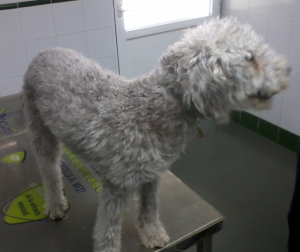
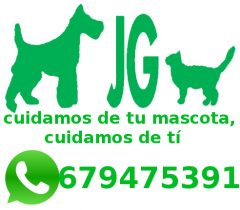



 y ya podéis empezar a construir vuestra web ¡¡¡
y ya podéis empezar a construir vuestra web ¡¡¡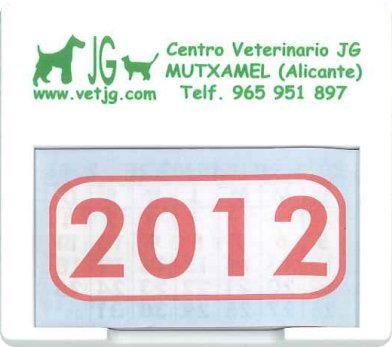

 Dogs were domesticated from the gray wolf about 15,000 years ago. They perform many roles for people such as hunting, herding, protection, assisting police, companionship, and, more recently to assist handicapped people.
Dogs were domesticated from the gray wolf about 15,000 years ago. They perform many roles for people such as hunting, herding, protection, assisting police, companionship, and, more recently to assist handicapped people.

